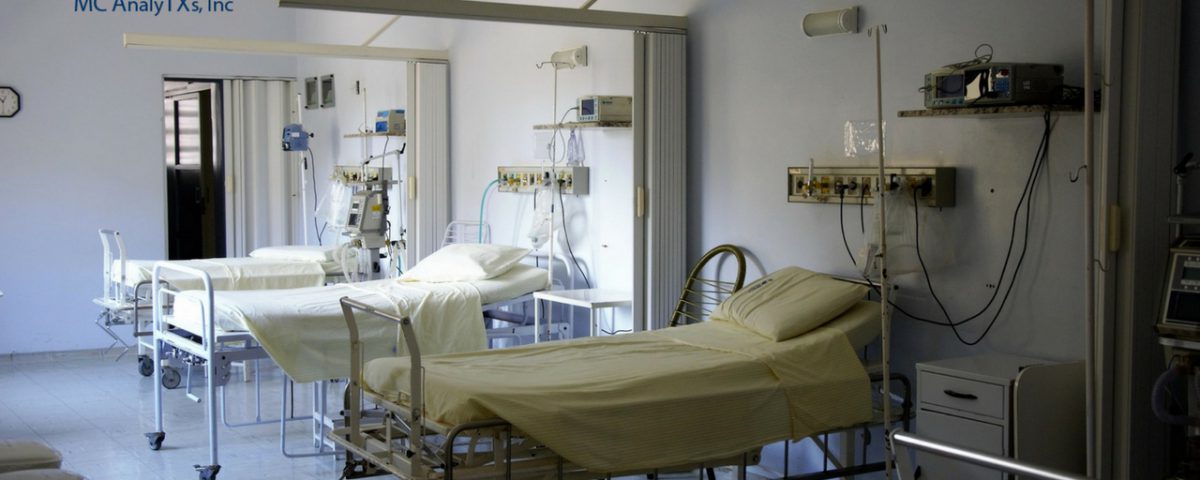
Decrease Claim Denials and Boost Revenues with Data AnalyTXs
June 14, 2018
Determine what is collectible and what is owed and increase your specialty practices RCM performance
July 16, 2018Long-term care hospitals will cover less than half the actual costs of care, recently stated by AHA
According to the American Hospital Association, now the Medicare reimbursement benefit offered for long-term care hospitals will be reduced to cover less than 50% of the real cost of care.
Patients only qualify for such a benefit if they spent less than three days in ICU and/or received less than 96 hours of ventilation services.
Such a qualification benchmark has allowed the policy to reduce its spending on patients that could have received the same services at a lower cost. This is why patients who do not classify as being “critically ill” are denied the Medicare reimbursement.
The New Medicare Policy
The Medicare reimbursement policy is being revamped to reduce unnecessary spending. It will be effective in 2021. One of the major insights of this policy is its coverage of mere 49 percent of total care cost.
The fact that LTCHs, long-term care hospital, is already facing a hard time getting patients accepted under the policy means that this low coverage is bound to come as a blow.
The best-case scenario is offered under the regular LTCH reimbursement. However, even this covers only 71% of the cost on site-neutral cases. This means that LTCH will face issues in covering their cost of care.
Why the change?
Many have been wondering why this policy is being implemented. One of the major reasons for it is the fact that the acuity level of LTCH is comparatively higher than PPS systems. Since patients who qualify for Medicare reimbursement have high clinical acuity, they are in a much better position to take care of their expenses compared to inpatient PPS.
Moreover, there are more complications in site-neutral cases than inpatient PPS cases. This makes the need for special healthcare likely in site-neutral cases.
With more risk of high expenses, it is understandable why the reimbursements have been decreased for site-neutral cases.
Let’s include statistics into the equation. The reimbursement to cost ratio is known to be 0.47. Compared to this, PPS has a ratio of 0.99. All in all, the LTCH cases are more critical and hence cost more. Hence, the coverage of these costs is low as well.
The Consequence of the reduction
So, what does this low reimbursement mean for the masses?
Well, it portrays a grim future. With low payments being made to LTCHs, it is getting harder for them to remain operational. This might lead to the closure of various LTCHs around the world.
A study conducted by Standard & Poor revealed that an estimated 430 LTCHs may shut down in the near future if the policy was to take effect.
Conclusion
Whether or not the new policy will lead to negative consequences is something only time will tell. The fact remains that the future is not bright for LTCHs. There is still hope that the rule will be repealed. Meanwhile, AHS continue to support the policy.
If you are interested in a free demo of our AllPayor® Software, please go HERE or you can register for a FREE webinar HERE
Learn how our software is saving other organizations $$MILLIONS!





